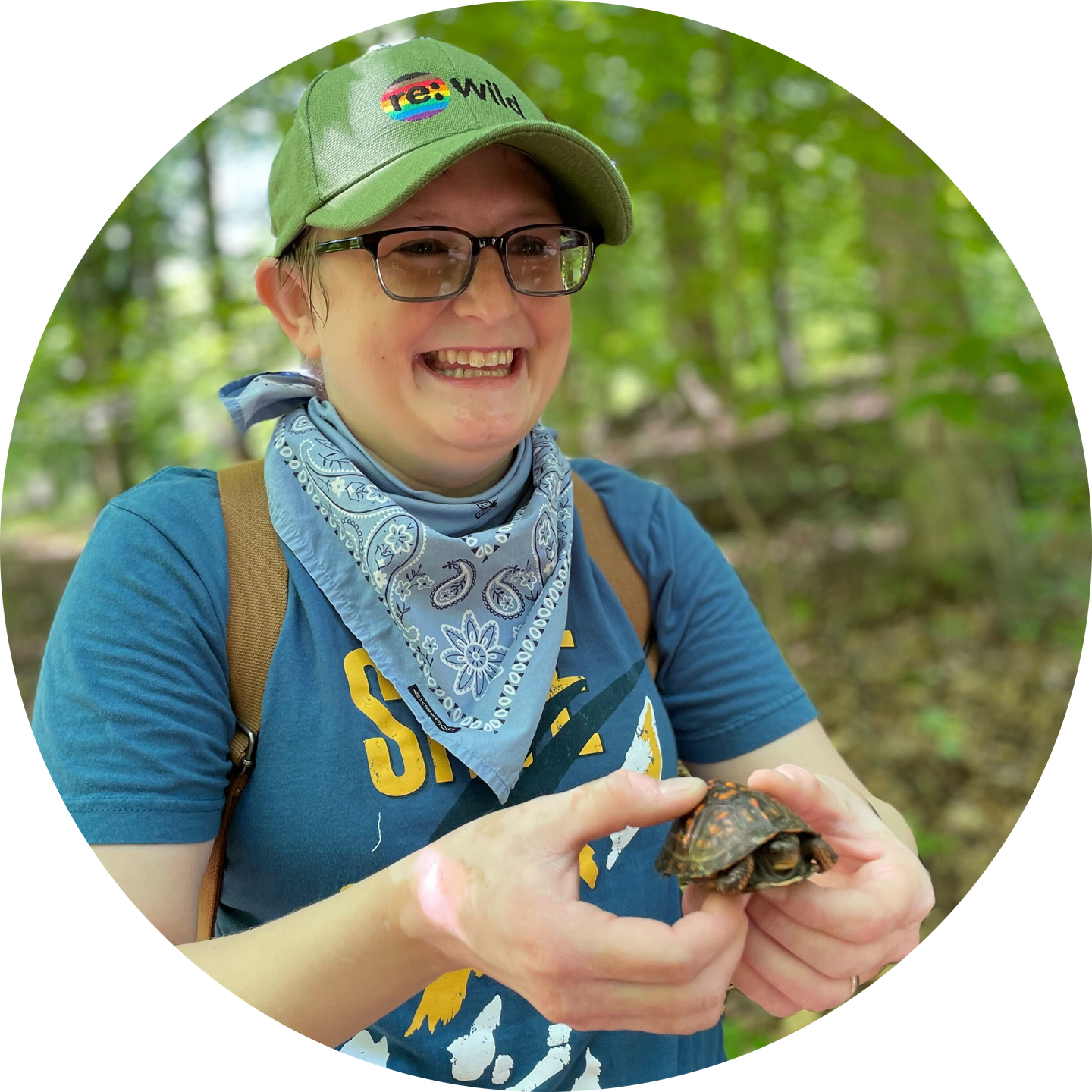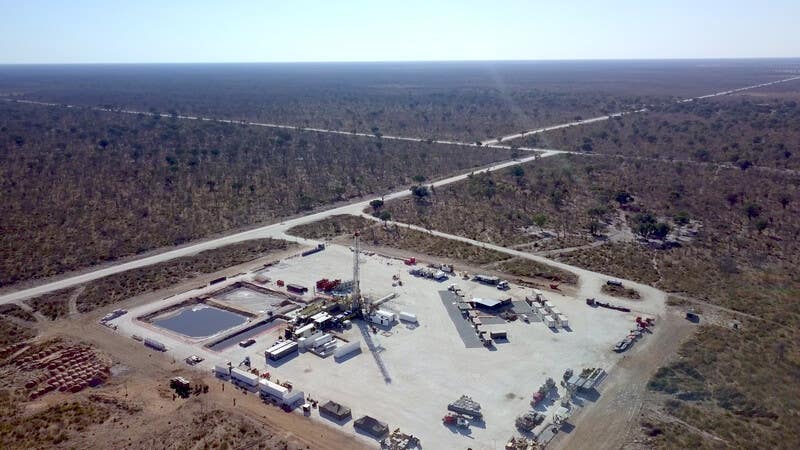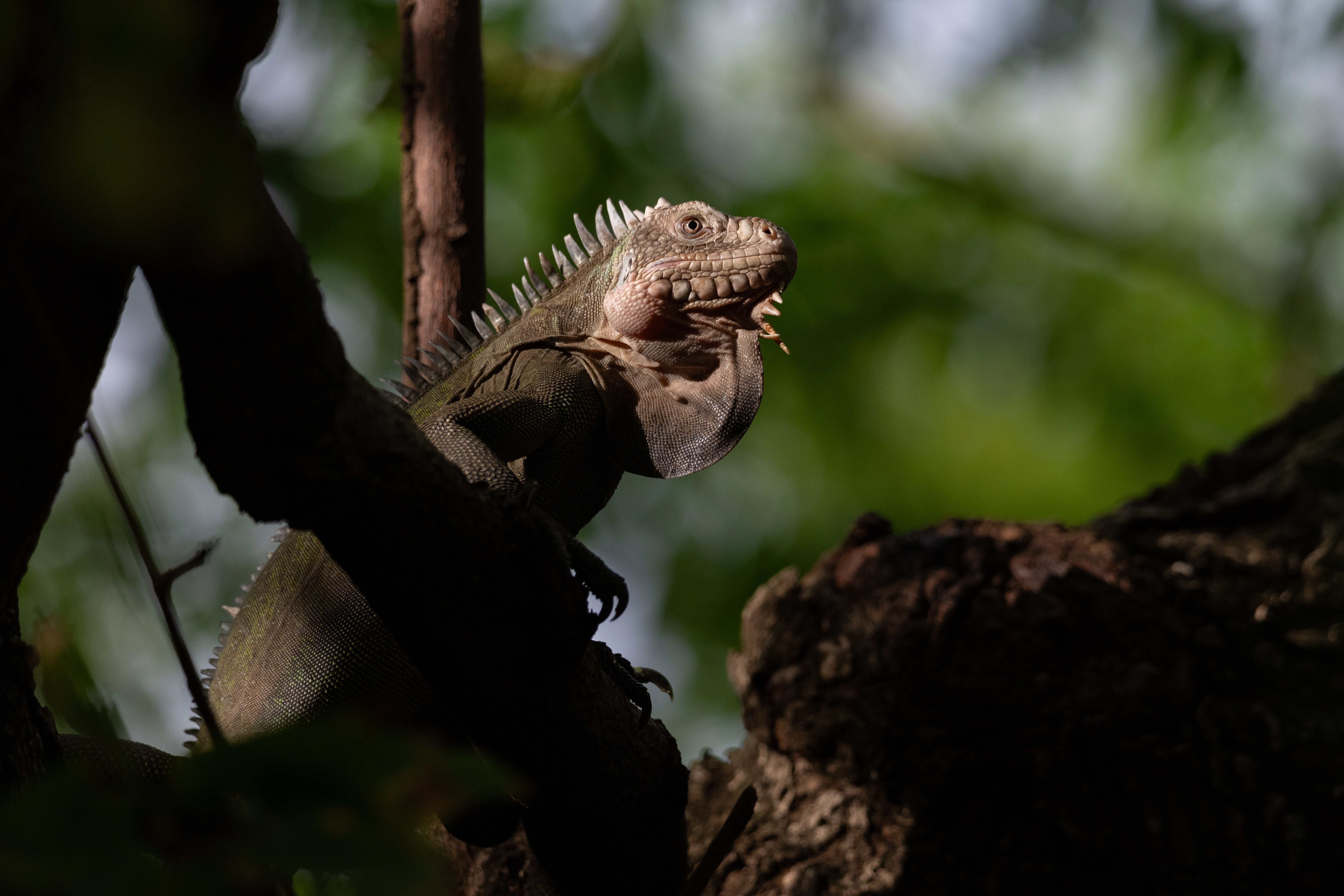According to a detailed National Geographic story published today, Dec. 13, new evidence shows that Canada-based oil and gas company ReconAfrica has bulldozed forest and then drilled illegally inside the Kapinga Kamwalye Community Conservancy, a protected area in Namibia’s ecologically sensitive Kavango regions.
Leonardo DiCaprio, Re:wild and local partners, including the Economic and Social Justice Trust, the Indigenous Peoples of Africa Co-ordinating Committee (IPACC), and the Women’s Leadership Centre condemn these actions. Aerial photographs helped confirm the activity, which puts the Okavango River Basin, local people and wildlife at risk of serious harm.
“The National Geographic story confirms our local partners’ concerns about ReconAfrica’s activities, including that its actions reflect no genuine concern for the sensitive and important ecosystem—and the people and wildlife it supports,” said Wes Sechrest, Re:wild chief scientist and CEO. “ReconAfrica should be held accountable for its actions and an immediate moratorium on oil and gas drilling should be put in place across the Okavango River Basin. Otherwise the region risks losing a lifeline for hundreds of thousands of local people as well as irreversible damage to the diversity of wildlife, which plays a critical role in maintaining the health of our planet.”
Since the end of 2020, when it was reported that ReconAfrica obtained a license for exploratory drilling across a 13,200-square-mile area that covers part of the Okavango River Basin, local leaders and activists have publicly expressed their concerns that the company did not adequately consult local communities, that it may not be implementing sufficient environmental safeguards to prevent the pollution of the region’s sole source of water, and that it may be putting endangered wildlife at greater risk. Okavango River Basin communities include the Indigenous San peoples, who belong to one of the oldest known cultures in the world.
“The legacy of Namibia’s strong wildlife laws and its commitment to community-based conservation depends on strong enforcement actions,” said Erica Lyman, clinical professor of law and director of the Global Law Alliance for Animals and the Environment at Lewis and Clark Law School. “When companies violate a country’s laws without consequence, it feeds corporate arrogance and a sense of impunity at the expense of local livelihoods, wildlife and the environment.”
With 86 communal conservancies that cover more than 20% of the country, Namibia has a strong legacy of empowering local communities to determine how they will manage and use their natural resources. The Kapinga Kamwalye Conservancy was established to protect the elephants, hippos, sable antelopes, grey crowned cranes and other species that share the area.
According to National Geographic, ReconAfrica cleared the equivalent of five football fields of forest from the Kapinga Kamwalye Community Conservancy in January without permission from the conservancy’s communal land board, as required by Namibian law. The company’s own Environmental Impact Assessment indicates that the well should have been drilled about three miles southwest, outside of the conservancy.
Thomas Muronga, chair of the Kapinga Kamwalye Community Conservancy told National Geographic that ReconAfrica did not submit its application to the communal land board for land use rights until six months after clearing the land. [Read Re:wild’s blog about Muronga’s story]
The Okavango River Basin in southern Africa is the lifeblood for tens of thousands of people and imperiled wildlife, from lions and giraffes to the world’s largest populations of African wild dogs and endangered savanna elephants. More than 130,000 elephants move through the region. The ecosystem hosts more than 400 known bird species, 13,000 plants, 122 mammals and 99 amphibians and reptiles. Botswana’s famed Okavango Delta is a Key Biodiversity Area and UNESCO World Heritage site renowned for its two Ramsar wetland sites of international importance.
In November, ReconAfrica announced its intention to drill more wells across the region.
In an op-ed published in October in the Washington Post, Prince Harry, The Duke of Sussex, and local Namibian activist Reinhold Mangundu called on the world to stand in solidarity with the communities in Namibia and Botswana, which are requesting a full moratorium on all oil and gas development in the Okavango River Basin.
The Duke of Sussex and Mangundu joined a number of other leading environmentalists and environmental activists—including Leonardo DiCaprio, Ellen DeGeneres, Forest Whitaker and Djimon Hounsou--in signing an open letter in support of protecting what is among the world’s most important natural ecosystems. This includes demanding a more transparent, inclusive process where sustainable, alternative energies are prioritized for the benefit of local communities. [See full initial signatory list here]
Additional quotes
Nadia April, San Indigenous Women program officer for the Women’s Leadership Centre in Windhoek
“We reiterate the call by over 120 Namibian civil society organizations for a moratorium and independent public enquiry into oil and gas exploration and production in the Kavango regions. As an organization promoting the protection of women’s rights, we demand that a central aspect of this enquiry must be the impact of fossil fuel production on the health of local people, including the reproductive health of women and girls. There is a wealth of data from around the world that our government leaders need to acknowledge and engage with before any further exploration licenses are granted in piecemeal fashion to ReconAfrica.”
Rinaani Musutua, trustee, Economic & Social Justice Trust “About two-thirds (63%) of all rural households report farming as their main source of income. The company’s operations pose a great risk to the water resources, livelihoods, especially agriculture, and wildlife in the area, which will result in the dispossession of ancestral land, destruction of home and displacement of families. No commercial ventures should threaten the tenure security and customary land rights that guarantee a lifetime tenure security.”
# # #
Photo: ReconAfrica’s second drill site, which is illegally inside the Kapinga Kamwalye Community Conservancy. (Photo courtesy of Re:wild)
Re:wildRe:wild protects and restores the wild. We have a singular and powerful focus: the wild as the most effective solution to the interconnected climate, biodiversity and human health crises. Founded by a group of renowned conservation scientists together with Leonardo DiCaprio, Re:wild is a force multiplier that brings together Indigenous peoples, local communities, influential leaders, nongovernmental organizations, governments, companies and the public to protect and rewild at the scale and speed we need. Learn more at rewild.org.
Economic and Social Justice Trust – NamibiaThe ECONOMIC AND SOCIAL JUSTICE TRUST (ESJT) was formed in 2012 by a group of activists to promote struggles for economic and social justice. The aims and objectives of the Trust are to enhance and promote the social and economic rights of Namibians. This entails the fair and equitable distribution of resources with a particular emphasis on enhancing the rights of the economically and socially excluded Namibians. The Trust also advocates for fundamental changes in the economic system to effect redistribution in favour of the poor. The Trust generally is a lobby and advocacy group for economic, social and cultural rights in Namibia. It campaigns and takes action in relation to exposing corruption and self-enrichment in both public and private sectors. The Trust also cooperates with regional and international organisations or individuals who share the trust’s aim and objectives.
Indigenous Peoples of Africa Co-ordinating Committee (IPACC)IPACC is a network of 135 indigenous peoples’ organisations in 21 African countries. This makes it the largest indigenous peoples’ network in the world. IPACC was legally founded in 1997 when a draft constitution was adopted by the founding members in Geneva, Switzerland during the UN Working Group on Indigenous Peoples.
Women’s Leadership CentreThe Women’s Leadership Centre is a feminist women’s rights organisation based in Windhoek, Namibia. The WLC supports a community-level development of leadership among Namibian women by promoting the voice, visibility, creativity, courage and transformative leadership of women from some of the most marginalised sectors of society including indigenous San young women: educating them on their rights and building their feminist critical analysis of why these rights are not yet realised in our patriarchal state and society; creating safe spaces for sharing and healing from the violence and discrimination most have experienced; and supporting them to build solidarity and sisterhood in their quest for strengthened individual and collective agency to transform themselves, their communities and societies as active citizens demanding social justice.
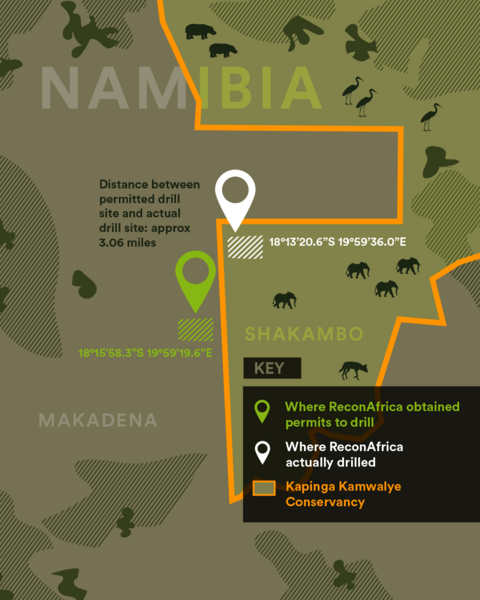


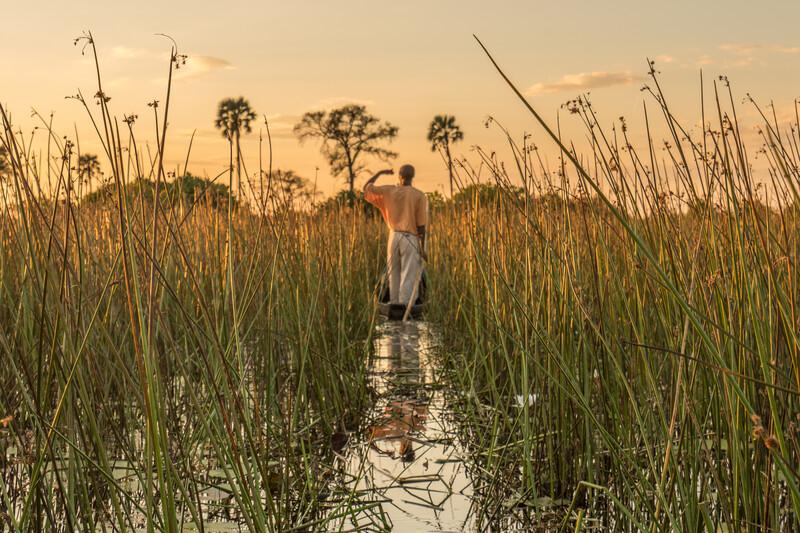
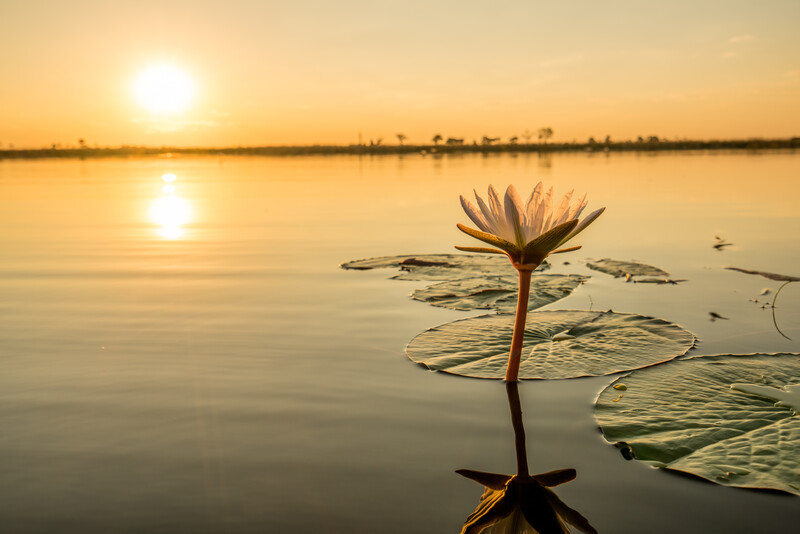


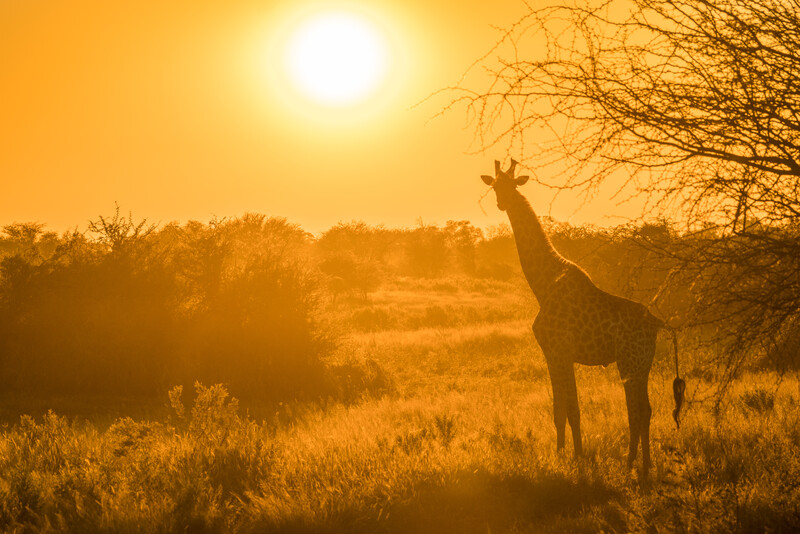
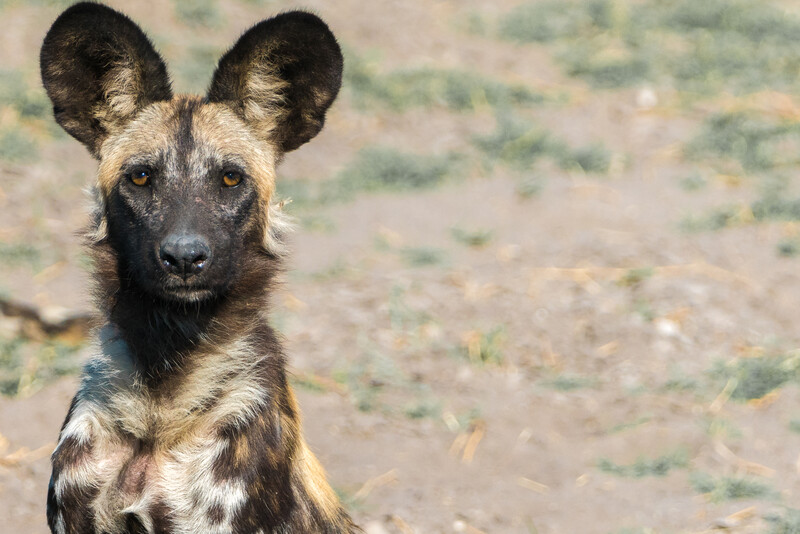
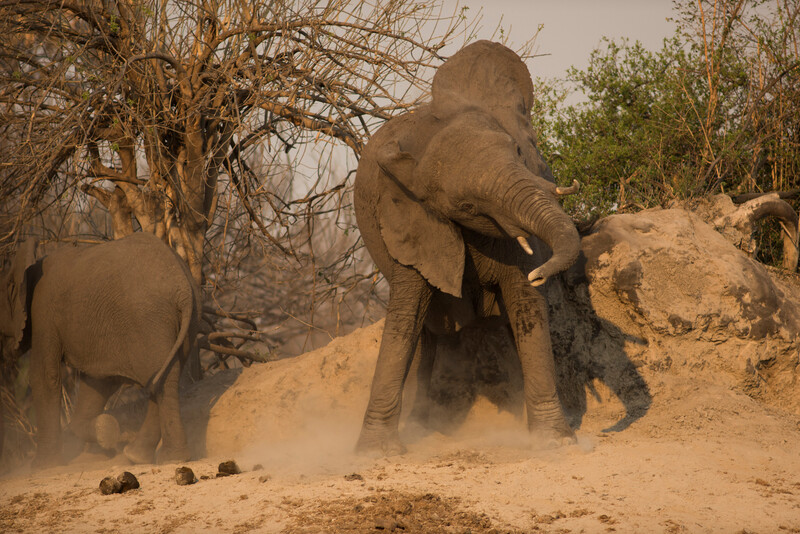
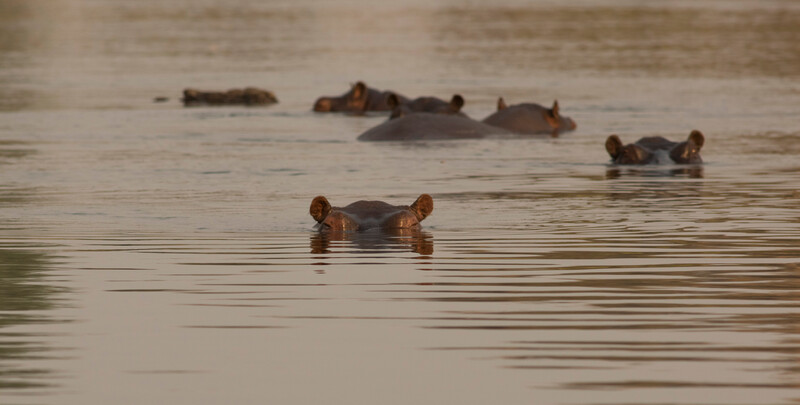
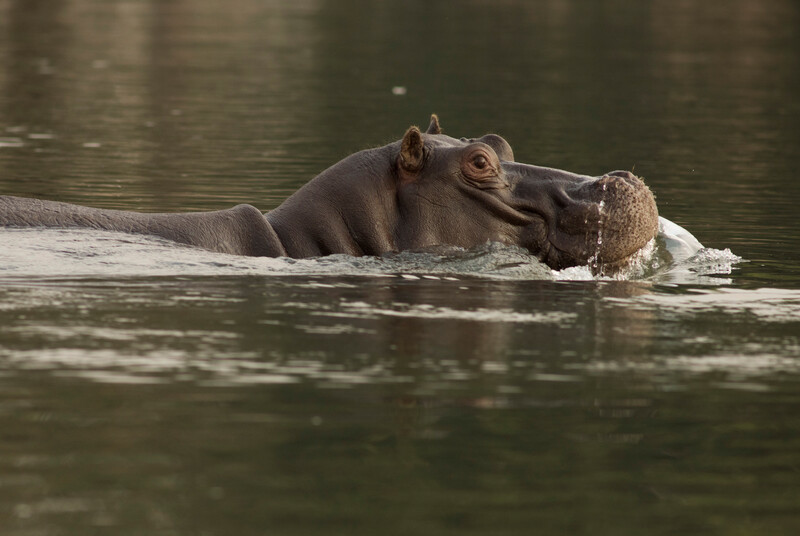

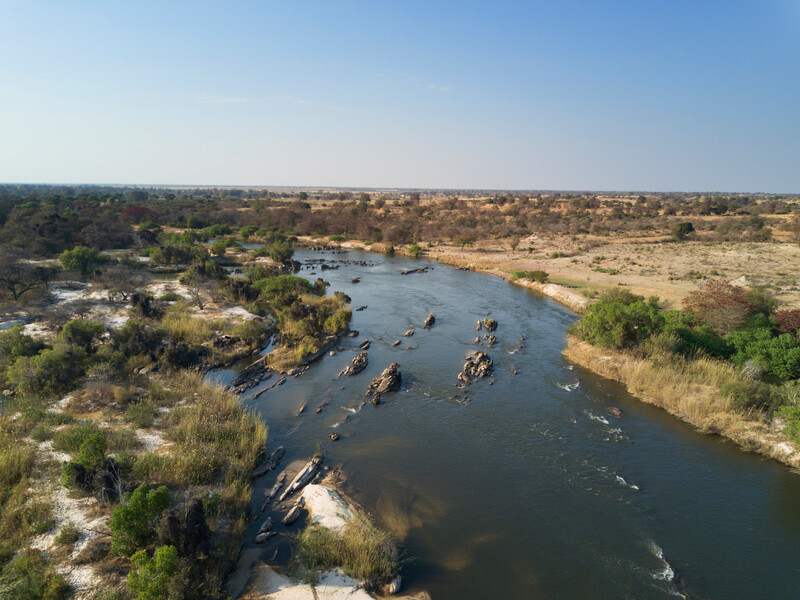
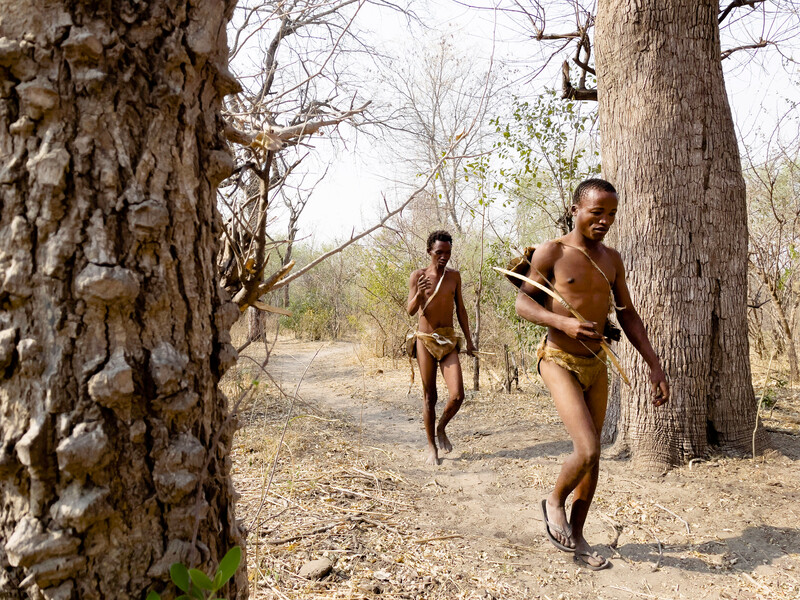



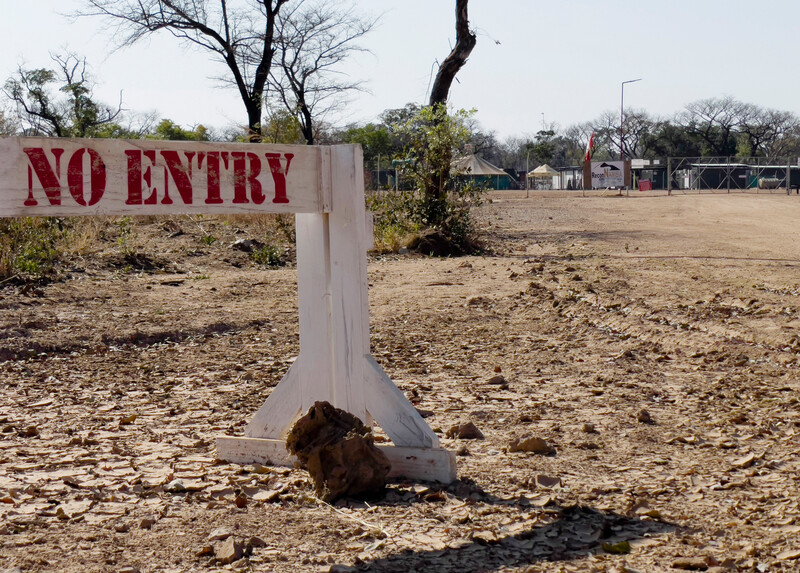

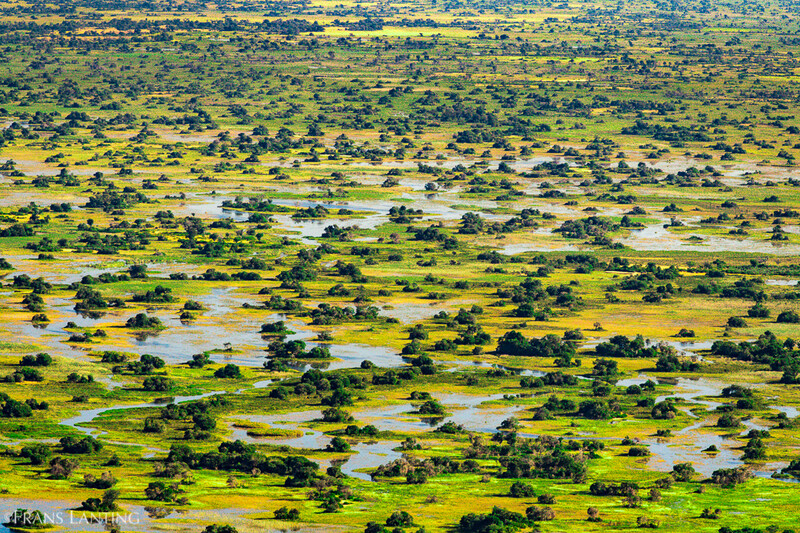
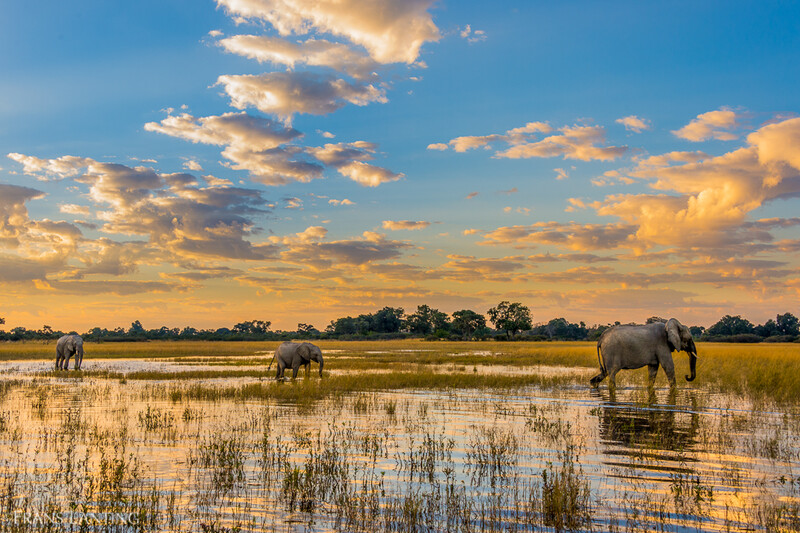
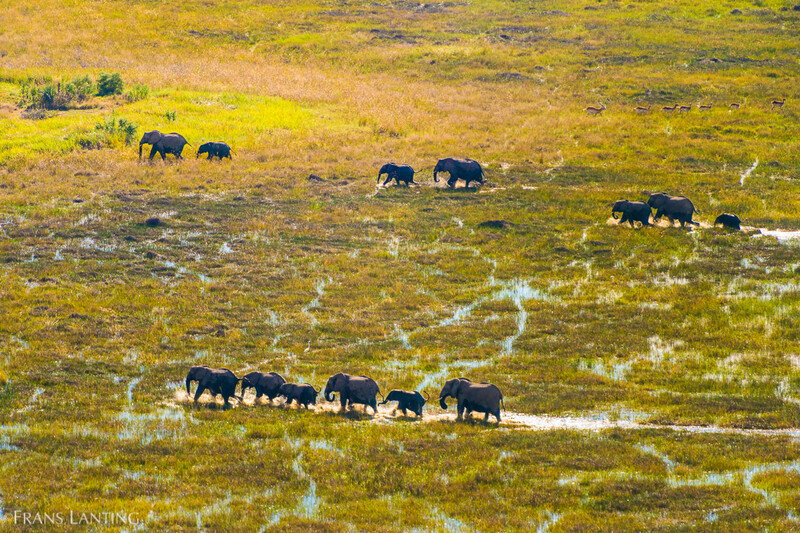

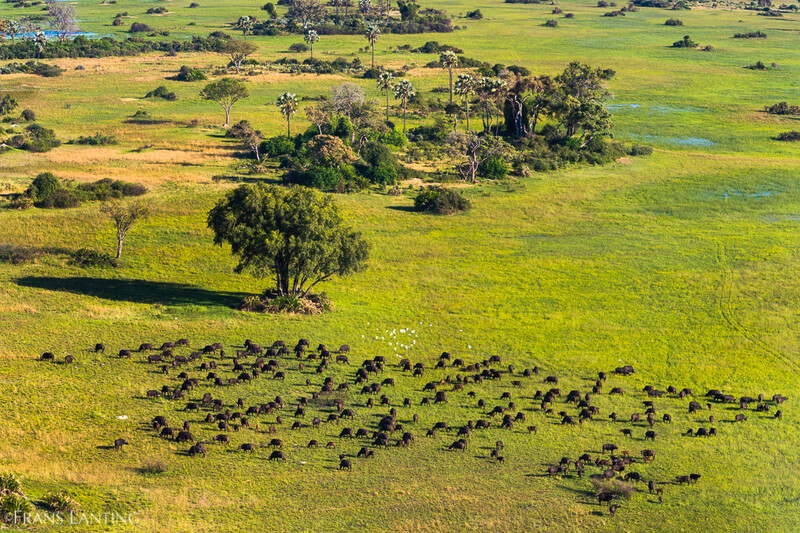
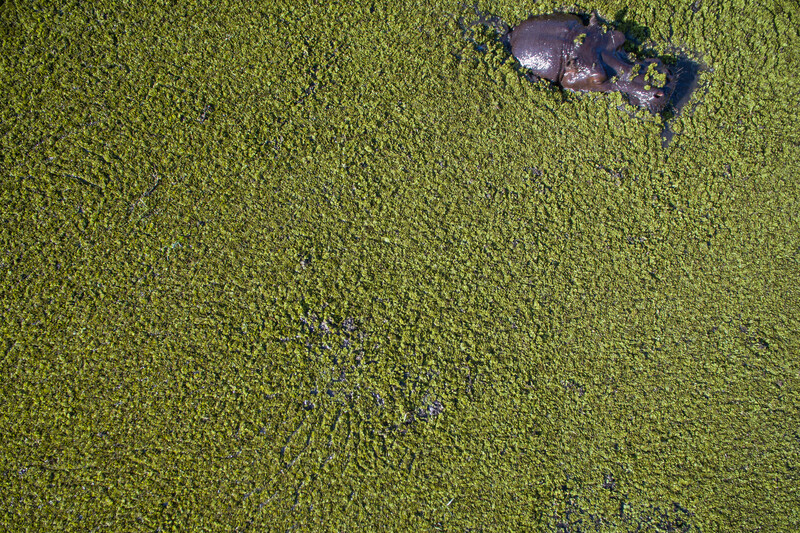
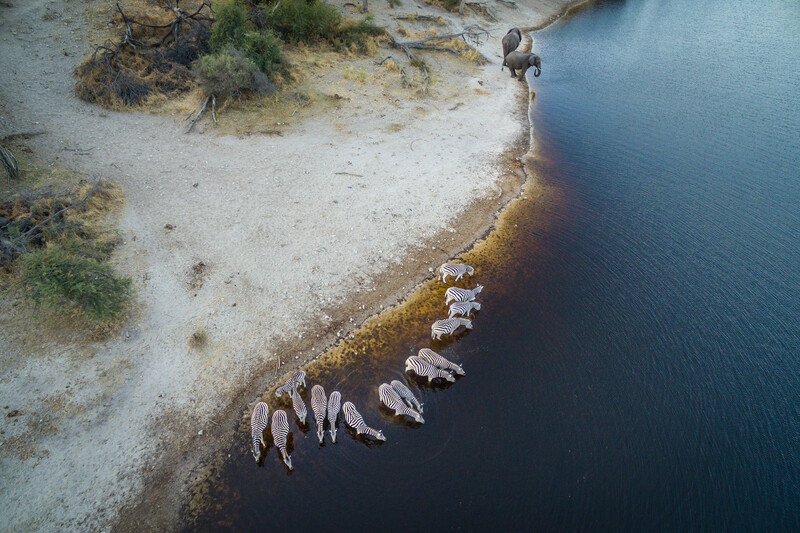

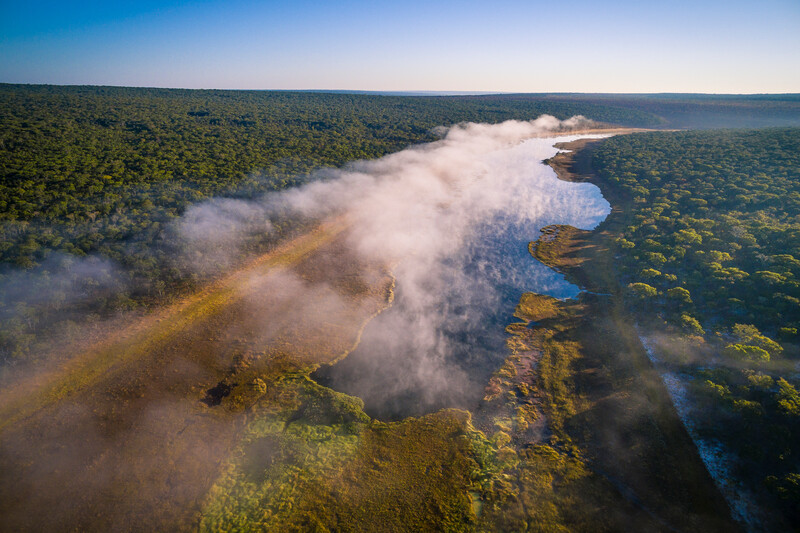
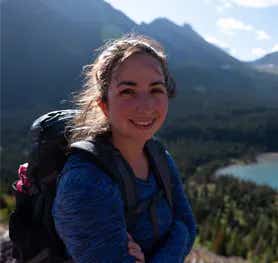
Devin Murphy
Writer
Devin Murphy is Re:wilds’s senior communications specialist and helps Re:wild and its partners tell stories about the work they do to protect wildlife and wildlands around the planet. Her favorite stories about conservation include fascinating and little-known species and the dedicated humans protecting them.
